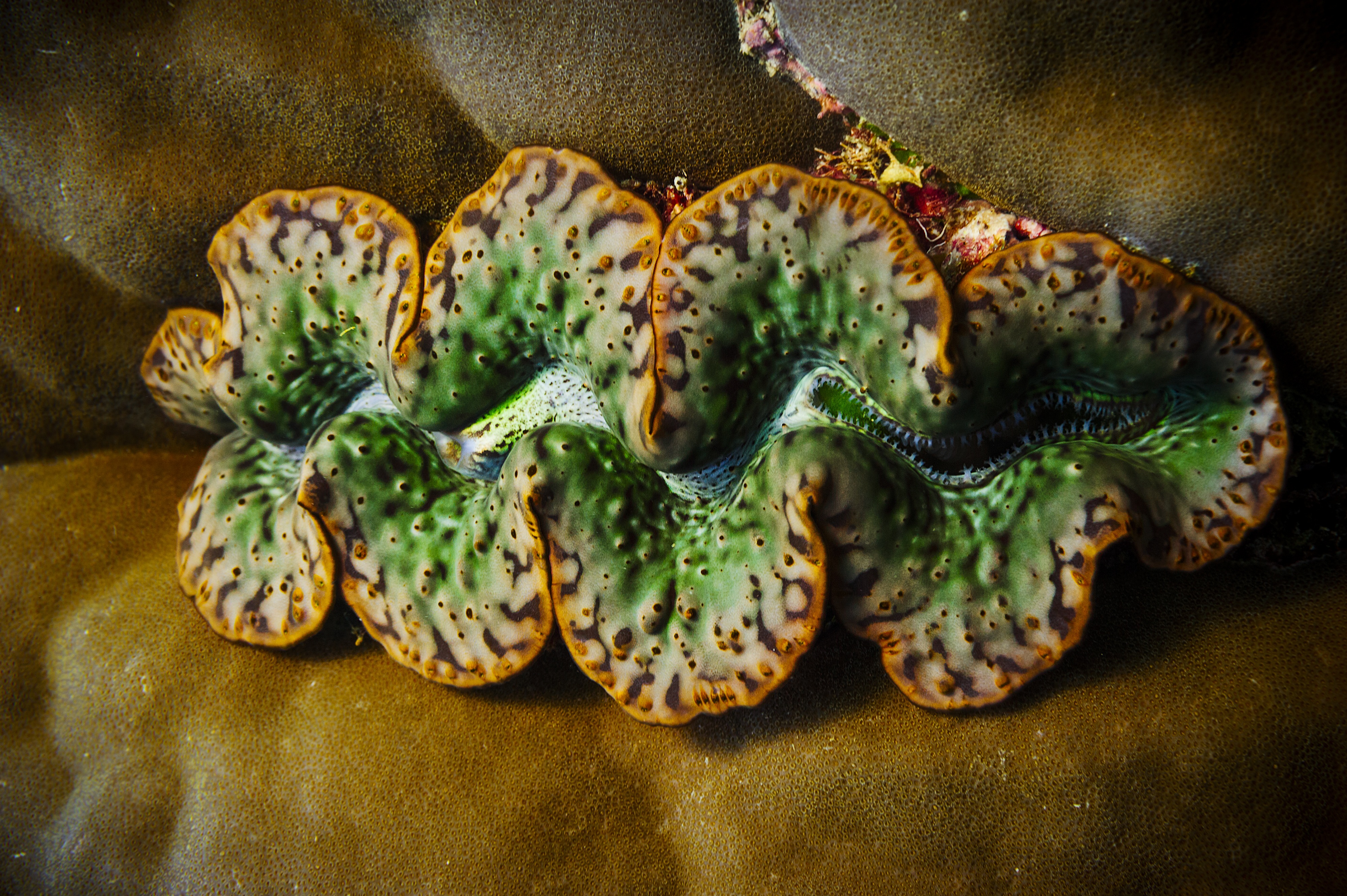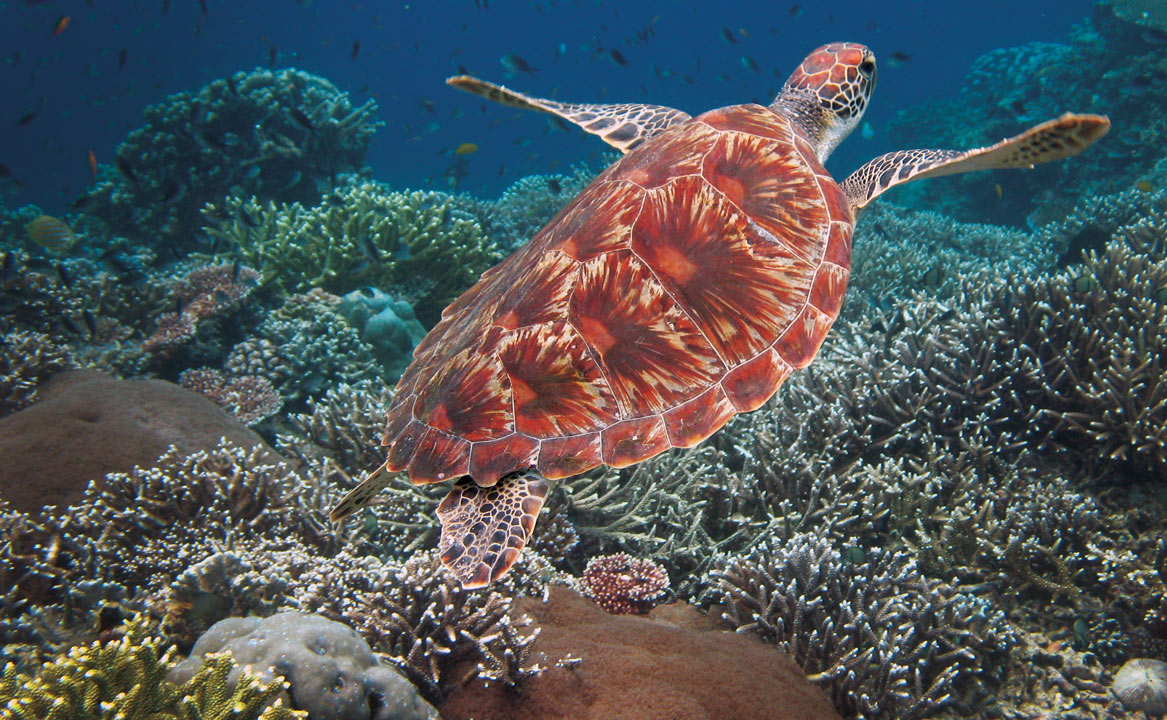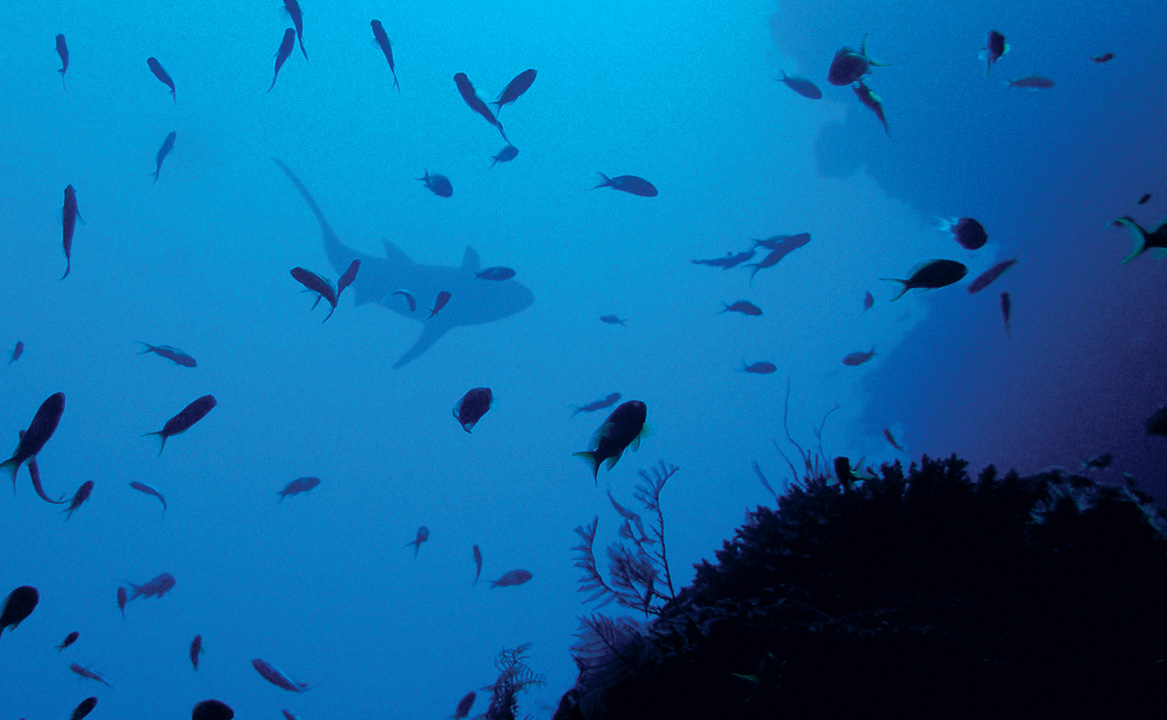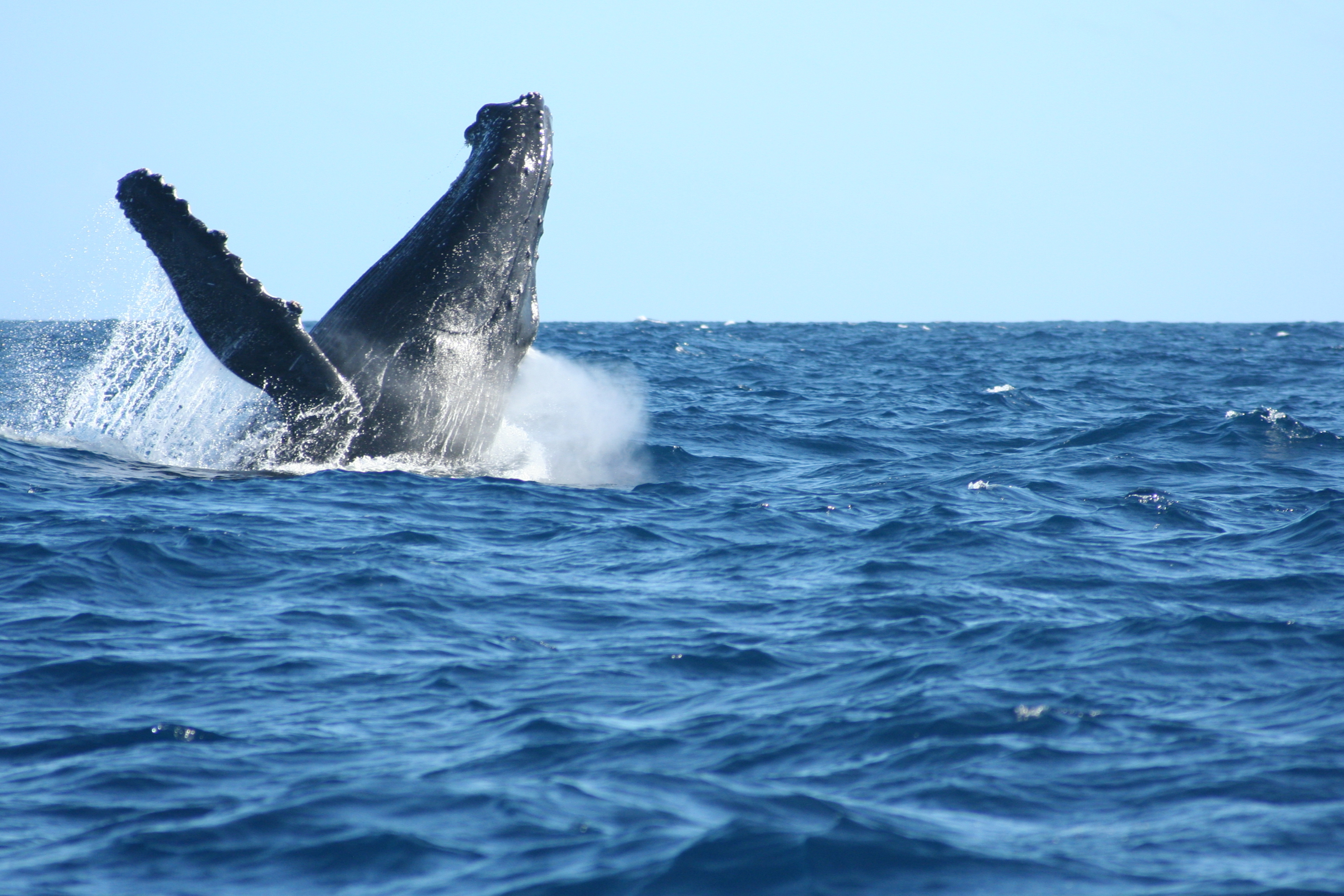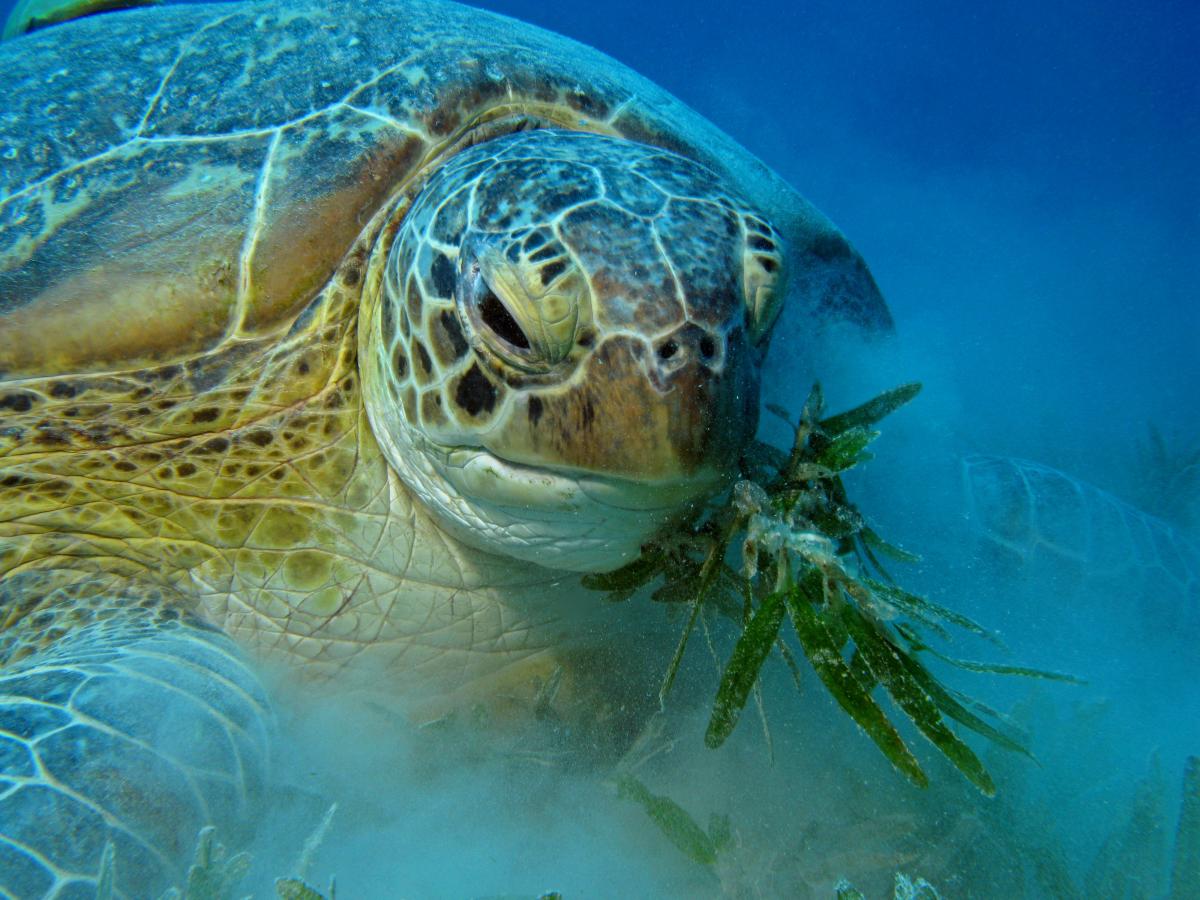If you want to go far, go together: Community-based conservation in Vamizi Island, Mozambique
The Vamizi Community Sanctuary (CS) is located on the western side of Vamizi Island, covering an area of about 10,000 hectares of reefs, mangroves, sand flats and deeper waters, and extending five kilometres out to sea. Even though it is only ten years old, it is one of the most successful examples of a community-managed protected area in East Africa, already generating measurable benefits.
In the early stages of the Vamizi Conservation Project, an awareness of the concept of sustainability amongst resident fishermen was evident, as they understood that fisheries could sustain them if they only extracted what they needed for subsistence. With the increased immigration on the island and the introduction of unsustainable fishing methods, a significant decline in fish catch was noticed. Concerned about the future and sustainability of their resources, the resident fishermen turned to the Vamizi Island Conservation Project for support in regaining control over access to their marine resources. Under a framework introduced by the government of Mozambique in 2003 a CCP was created in Vamizi that same year. In order to allow fish stocks to recover and in time ensure the sustainability of such important resources, allowing the local communities to use them as they had done for centuries, a Community Sanctuary (CS) was officially declared in October 2006 as a no-fishing zone, by the CCP in collaboration with the Institute for Small Scale Fisheries (IDPPE), the district authorities and the Vamizi Conservation Project. The sanctuary is managed by the CCP in collaboration with the local communities, and with logistical and financial support from the Conservation Project.
Flora and Fauna
The Vamizi Community Sanctuary is composed of a group of different ecosystems from coral reefs to sand flats and mangrove areas. The reefs are composed of about 180 species of reef-building coral, which provide homes and feeding grounds to over 300 species of fish, around 80 species of nudibranchs, as well as the green and hawksbill sea turtles, the humpback whale, 8 species of dolphins, and dozens of species of seabirds. A number of endangered species can be found in the sanctuary, including the Napoleon Wrasse, the Bumphead Parrotfish, Giant and Potato Groupers, and as mentioned before, green and hawksbill turtles, which use the island as nesting and feeding grounds, respectively.
Challenges
Because the initiative to create the protected area came from the local community themselves, and because they are the ones in charge of managing and protecting it, better results are seen in the Vamizi CS than in other places. This needs to constantly be enforced, however, and communities need to be empowered and often reminded of the impact they can have in the conservation of their own resources.
The news of the increasing amount of fish seen in the waters inside and surrounding the community sanctuary soon spread to nearby villages, other provinces and even Tanzania, which has led to greater numbers of migrant fishermen seen on the island in the recent years. These fishermen are harder to manage, as they have no real investment in the sustainability of the marine resources they are removing from the water, and because they bring improved and more destructive fishing gear. These migrant fishermen look at the resources in Vamizi as a short term need, knowing that once depleted they can move on to another area to fish. A lot of work is done to ensure that as the migrant fishermen arrive on the island, they are informed of the sanctuary and the rules related to fishing around the island.
Benefits of the CS
- Empowerment of the local communities, allowing them to manage their own fishing grounds and have an important impact on the sustainability and conservation of such important resources;
- Recently published paper by Silva et al (2015) shows existence of a significant and consistent effect on the abundance and distribution of reef fishes of the Vamizi CS. Six years after its establishment, both herbivorous and piscivorous fish are more abundant inside the reserve than outside, where no difference existed before the closure. Most importantly, fish abundance outside the sanctuary has not decreased in relation to its abundance prior to the reserve establishment, despite the pressure of fisheries;
- Spill over effect detected for herbivorous fish, demonstrating benefit of the protected area to the fishing grounds surrounding it. Good numbers of herbivores are a sign of reef resilience to climate change. In the context of MPAs, protection and recovery of herbivorous fishes is of major importance to the conservation and recovery of coral cover and health.
Most of the controversy surrounding MPAs concerns the benefits to fisheries, and to local communities, who rely so deeply on them. Vamizi seems to be a good example of a community managed Marine Protected Area that has shown the potential to benefit both the conservation of one of the most pristine reefs in the world, and those same communities whose livelihoods depend on it.
